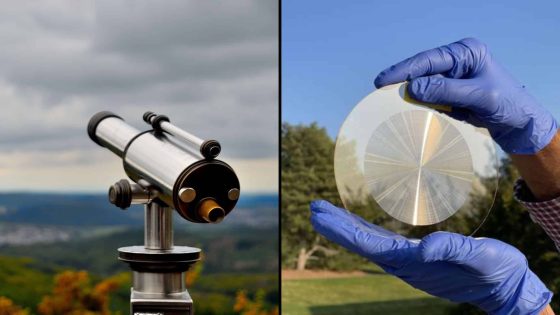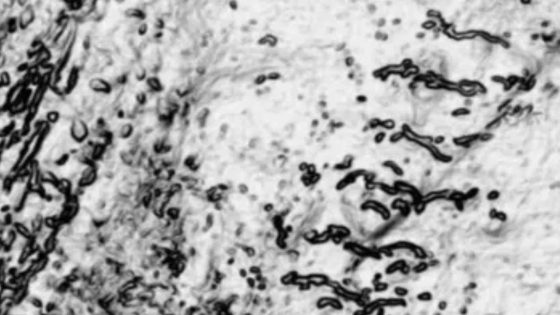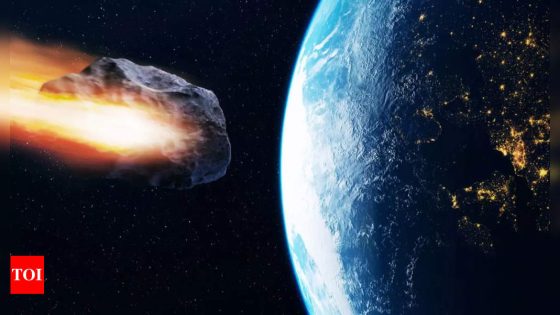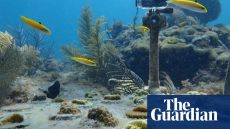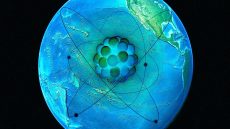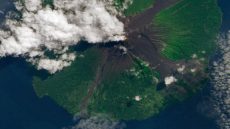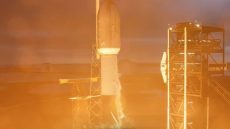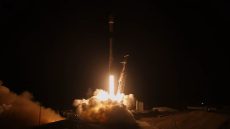The moon, often viewed as a barren rock, is actually covered in fine, sticky dust. This lunar dust poses significant challenges for future exploration and habitation. As NASA aims to establish a long-term presence on the moon, understanding and mitigating the effects of this dust is crucial. What strategies are being developed to tackle this issue?
- Lunar dust causes health issues for astronauts.
- Apollo missions experienced significant dust problems.
- New experiments aim to mitigate lunar dust.
- Dust's fine grains are easy to inhale.
- NASA's Artemis program plans future moon missions.
- Electrodynamic Dust Shield successfully tested on moon.
NASA’s Moon Dust Challenges: Why It Matters for Future Missions
Why is lunar dust such a concern for astronauts? The fine particles can damage equipment and pose health risks. As NASA prepares for longer stays on the moon, tackling this issue is more important than ever.
Innovative Solutions for Managing Lunar Dust in Space Exploration
Recent experiments focus on innovative ways to manage lunar dust. A Canadian company has developed technology that may reduce dust accumulation on spacecraft and suits. This research is vital as NASA plans to send astronauts back to the moon.
Understanding Lunar Dust: What Makes It Unique?
Lunar dust, or regolith, is different from Earth dust. Its fine grains can easily be inhaled and are sharp, making it abrasive to equipment. This poses risks for astronauts and machinery alike.
- Fine particles can cause respiratory issues.
- Dust can damage spacesuits and instruments.
- It adheres stubbornly to surfaces.
- Understanding dust behavior is crucial for safety.
Recent Experiments: Testing Dust Mitigation Technologies
A recent experiment sent two cylindrical wheels to the moon to study dust accumulation. These wheels were designed with special surfaces to test if they could repel lunar dust. The results could inform future missions and improve astronaut safety.
The Future of Moon Exploration: What Lies Ahead?
As NASA prepares for its Artemis missions, understanding lunar dust is critical. Future explorations will require advanced technologies to ensure astronauts can safely navigate and work on the moon. With ongoing research, the dream of a sustainable lunar presence is becoming more achievable.






